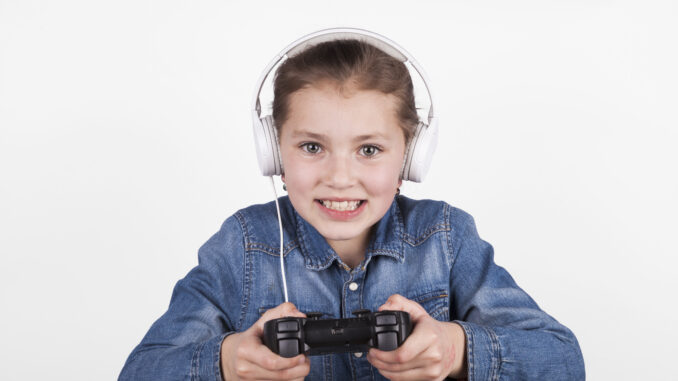
A report by The Education Committee found there has been a 52 percent increase in children’s screen time in the UK between 2020 and 2022 and nearly 25 percent of children and young people use their smartphones in a way that is consistent with a behavioural addiction.1
With The Swedish Public Health Authority recently issuing new guidelines stating that children under the age of 2 should not use digital media at all and that older children should not have more than 1 – 3 hours a day, many parents are questioning their child’s screen usage and keen to jump on this in an attempt to regain control.
But with screens part of everyday life, entertainment and education, how can we strike a screen-time balance that is optimum for a child’s health and learning but appeals to the modern day, technology minded children and teenagers?
Chris Crouchman, Head of Content at Readly, the digital reading app, says “It’s all about offering children quality content when it comes to screen time. Whether it’s reading a magazine from a trusted source, a documentary from a fantastic producer or doing a puzzle on a trusted app, parents should ensure that the content children are consuming during their window of screen time is from a verified, trusted source then let them enjoy it, guilt free for that duration”.
“Parents often beat themselves up over whether they have the right balance with many mixed messages but we must do the upfront groundwork and offer kids only quality, verified journalism and entertainment to avoid helicopter style parenting when it comes to screens, it should be a source of entertainment and relaxation, after all’, adds Chris.
He shares his tips for a healthy relationship with screens:
- Screen time must not replace outdoor time and physical activity – Play and physical activity are so important for young children and screens should never replace them. Use screen time to support play, fuel a passion of hobby. Rather than passive screen time, read a special interest magazine such as Match of The Day for football fans, Rugby World for rugby fans or The Week Junior: Science & Nature for outdoor, garden enthusiasts.
- Screen time isn’t just gaming and TV, it can be important ‘me time’ too – we all need down time and screen time doesn’t necessarily have to be fast paced gaming. Reading a digital magazine, puzzle or book is a great use of your childs ‘screen time’. It can be fun, relaxing and rewarding downtime too.
- Use screen time to support learning. Apps, like Readly, are a great tool to encourage reading according to their interests and there’s lots of educational apps out there too. Readly has over 100 childrens and youth titles on the app in 17 different languages.
- Try to avoid using screen time as a babysitter – Sound familiar? With busy lives and working parents, it’s tempting to put kids in front of the TV and crack on with jobs in peace (we all do it!), but try to avoid doing this seven days a week. Have some togetherness with screens too to connect – read together or watch a movie together then discuss the characters or storyline.
- Lead by example. Children imitate their parents and adults around them. As adults, it is crucial to set an example so perhaps talk about the latest article, magazine or comic book you’ve read during family time. Letting your children see you reading regularly can encourage the same behaviour. You could even sit and read your own books together, so you’re still getting a sense of togetherness.
Credit: www.readly.com
